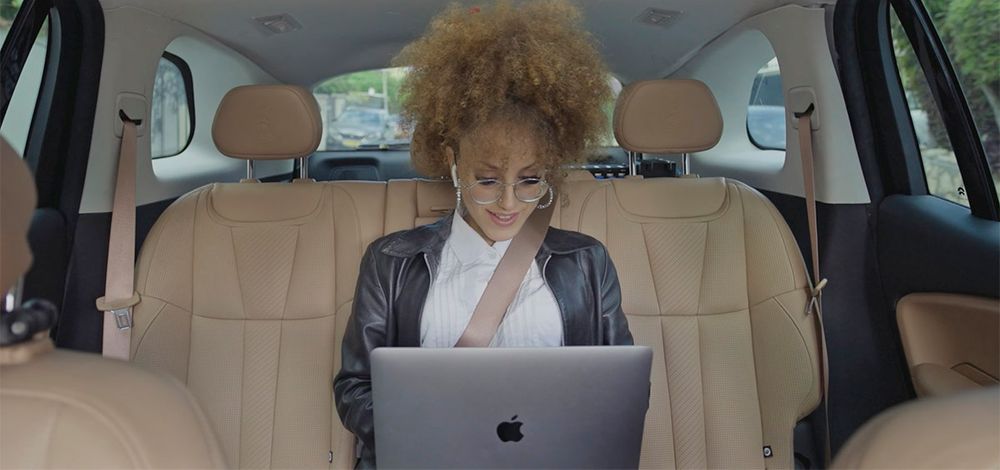Yep, that was me on my first daytime non-employee ride. It was not the best way to start. The rest of the ride to my destination and back on that day was generally pretty good though.
On another day I did notice more problems. Sometimes the car was stopped at an intersection on a red light yet repeatedly let off the brakes to inch forward towards the crosswalk lines before applying them again, over and over. Some humans do that and it’s annoying just like it was for me as a passenger in the Cruise.
On a small number of occasions the Cruise had issues with momentary false turn signaling much like FSD sometimes does. It tends to dynamically change routes based upon traffic conditions which may have been part of the problem.
On another occasion, the car failed to advance into the intersection during an attempt at an unprotected left turn. The cars from the other direction kept going through until the last moment and the Cruise failed to take the turn through the entire signaling cycle. A human would have advanced into the intersection and forced the turn at the very end of the cycle
Like FSD, there were rare occasions where the steering wheel “thrashed” while the car was not moving. I don’t understand that. It seems really obvious to inhibit steering wheel motion while stationary.
Another thing that I noticed is that the car reported consuming 3-4 kW, apparently for the sensors and computer, even while stationary. It seemed to result in a city driving range of around 175 miles in the Bolt EV which would normally be 300 miles or more at such slow speeds. Presumably future versions of the tech will draw much less power.
Overall, however, the Cruise does some things clearly better than the latest 11.3.6 FSD. It is gently aggressive at asserting itself at intersections with stop signs. It inflicts much lower G-forces on passengers while accelerating, slowing, and stopping as well as when steering in motion.
Yet it is not perfect. It gets stuck and sometimes needs remote intervention. On another trip it appeared to require at least 3 remote interventions to get itself out of trouble. That may be okay temporarily as they scale up service but it’s probably not sustainable over the long run. I assume the need for remote interventions will be reduced as they continue to develop the system and someday the remote interventions may come from a bigger cloud-based compute system rather than from a human.
I have ridden in a 5th gen Waymo in San Francisco recently but not enough to form a solid opinion of its driving behavior versus Cruise or Tesla FSD. Generally, it seemed more like Cruise in the comfort of its driving style.



